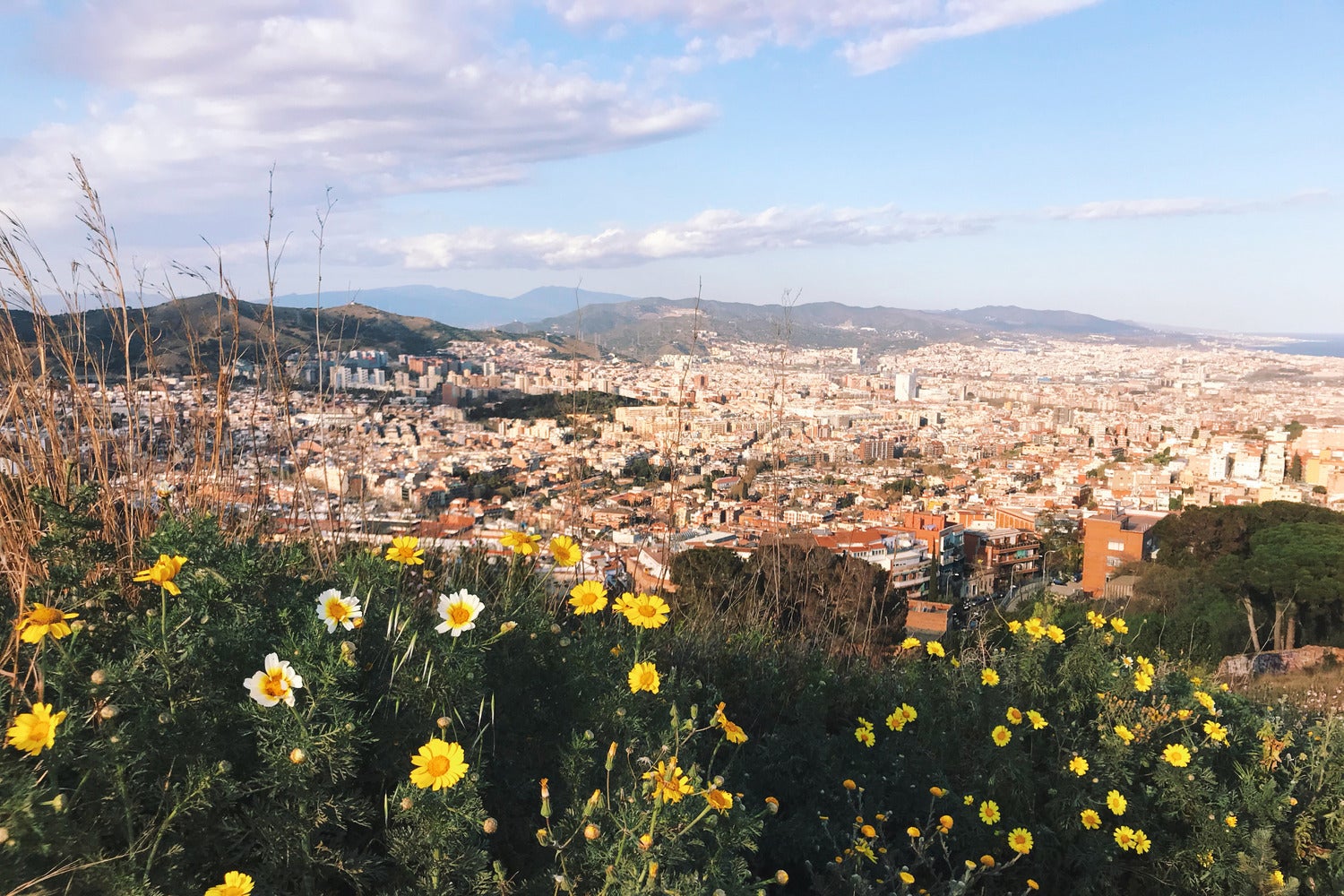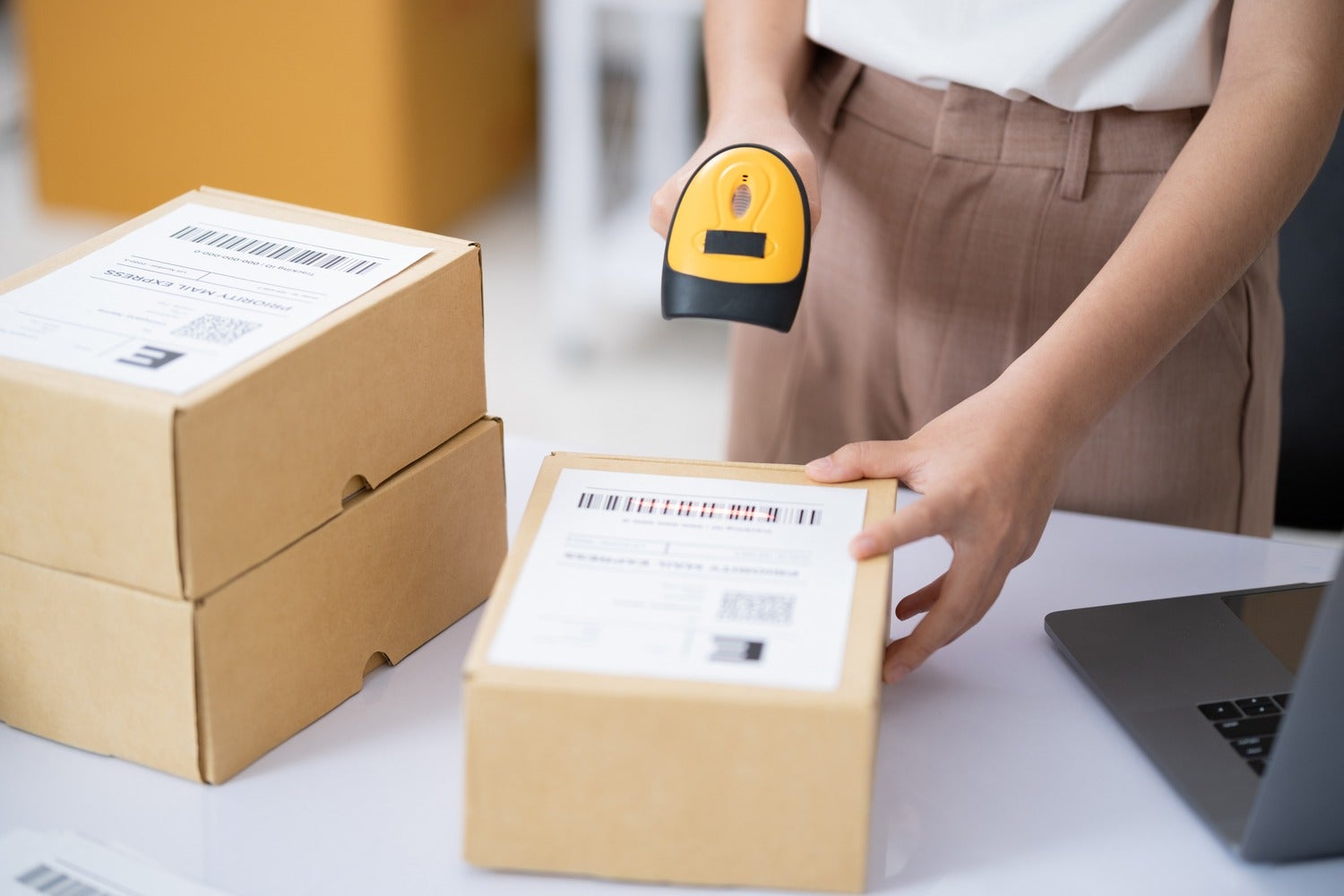Hey team, and welcome back to one5c! This is our last regularly scheduled Monday digest of 2024. Next week, we’re kicking off our special holiday series that’ll run through the end of the year, so I wanted to take a quick moment to say “thank you.”
one5c’s changed a lot in the last year. We’ve rolled out downloadable guides to buying your first EV and extending the life of food, taken our first steps into recommending sustainable products, curated a comprehensive guide to making homes more efficient, and so much more. More importantly, though, this community has grown massively over the past 12 months. We hear from you all the time about the inspiring actions (big and small) you each take every day to help save the world, and how excited you are to learn more and be part of this team.
Hearing from you is what invigorates us on bright days as much as it does on dark ones. So, thank you. We’re really glad you’re here. —Corinne
WHAT WE’RE INTO THIS WEEK
By Sara Kiley Watson

Cause for optimsim
City wildflowers are havens for pollinating insects
City slickers enjoy all kinds of benefits of urban living: public transit, access to everything you need within a few minutes’ walk, and an enriching community. At the same time, though, it’s not always a great situation for flora and fauna. But a new study in the journal Ecological Entomology has found that patches of wildflowers as small as half an acre can do wonders for urban-dwelling pollinators—and even provide similar benefits as the larger, natural meadows we see in more rural areas. “Replacing some mowed green areas with flower meadows may enhance biodiversity, especially by providing a mosaic of meadow types,” the authors wrote. “By sowing flower meadows, we quickly create colorful habitats that are eagerly visited by city inhabitants.”
Greenwatch
Companies really like talking about cleaning up plastic
When it comes to solving the plastics crisis, bigwigs like to focus on cleanup. And the Alliance to End Plastic Waste, an industry-founded nonprofit, has pledged to invest $1.5 billion in initiatives that would remove millions of metric tons of castoffs from oceans and ecosystems. But the bigger solution comes down to not making single-use junk in the first place, and Alliance members aren’t exactly slowing their roll, according to a new report from Greenpeace. ExxonMobil, Shell, and TotalEnergies, which are part of the alliance, have produced more than 1,000 times more plastic than they have removed from the environment, which means their posturing can get filed as a big load of greenwash.
Climate speak
What the heck is ‘climate positive’?
There are an almost infinite number of terms that we associate with climate action: net-zero, green, sustainable. But a new phrase is taking its turn in the spotlight, especially when it comes to architecture: “climate positive.” The idea of climate positive is that a building goes beyond zeroing out the resources it uses—stuff like energy, water, and land—and actually gives back more than it takes. Several structures are already dotted across the planet with high claims of climate positivity, like Norway’s Powerhouses and Denver’s Populus hotel. While the idea that something like a hotel could produce enough energy or compost enough food to be not only sustainable but beneficial sounds dreamy, the experts caution that we’re not there yet. “We’ve got so far to go before buildings can really be called carbon positive, climate positive [or] carbon negative,” Tom Wigg, a senior adviser at the UK Green Building Council, tells Bloomberg.
Accountability check
A COP29 update
This year’s COP has been full of petrostate squabbles, but the headline coming out of this year’s U.N. summit is a draft resolution on climate finance. The deal would have U.S., E.U. and other wealthy governments provide $300 billion a year to developing nations. –That number is progress from the prior goal of $100 billion, but it’s a fraction of the $1.3 trillion that experts say climate change impacted–countries need to transition to clean energy and prepare for worsening disasters. Chandni Raina, one of India’s representatives, called the final number a “paltry sum” and “nothing more than an optical illusion,” echoing similar sentiments from other countries. This funding isn’t the only to-do for the world’s highest-emittering countries coming out of the summit: National plans to shrink emissions over the next decade are due in the spring.
MIC-DROP CLIMATE STAT
316 million pounds
How much food Americans will toss this Thanksgiving, the most of any holiday, according to ReFED. We’ve got tricks and tips to keep your celebration as low-waste as possible, including a guide from our buds at Cool Beans to make sure you’re not overbuying.
Retail therapy
How to ship online orders sustainably (ish)
By Tyler Santora

Being able to click a button and get a little treat to your door can feel like a miracle of technological and supply-chain convenience. But getting that speedy shipment of vitamins or new socks to your doorstep within a day or two comes at a price.
In an ideal world—one in which shipping speeds are slower, fleets are electric, and retailers consolidate packages into fewer trips—home delivery could be the most eco-friendly shopping option. In a reality where same-day and next-day shipping has become the norm, though, more delivery vehicles are driving longer with multiple drop-offs, which is far less efficient than a tight route.
The final leg of home delivery, often referred to as the “last mile,” is what separates ordering wares from in-store shopping in terms of emissions. Toting goods to individual homes is responsible for up to 50% of all carbon from delivery vehicles, which amounted to 4.5 million tons of CO2 in 2020—that’s equal to the emissions associated with powering nearly a million homes for a year.
There are also a lot of bumps in the e-commerce road that spike its negative impacts. In terms of planet-warming potential: Up to 20% of packages aren’t delivered on the first try, and about 17% of online purchases are returned. Then there’s pollution and waste: About a third of trash in the U.S. comes from e-commerce packaging, and delivery vehicles usually run on diesel, whose exhaust pollutes the environment and harms health.
But at the end of the day, if going to the store requires a separate drive, it could make more sense emissions-wise to just go ahead and order what you need. One analysis even found that shopping online could significantly reduce vehicle emissions under the right circumstances. As we wait for potentially climate-friendly last-mile options (i.e., electric trucks) to scale up, here are a few things we can do to lessen the impact of those deliveries.
Good: Slower shipping
Picking the slowest shipping speed available allows companies to better consolidate their freight shipments. Taking time to efficiently—and fully—pack trucks means half-empty ones aren’t doing the rounds and wasting fuel. Not to mention, the zippiest delivery options, especially for international purchases, tend to be via flight, which is around 20 to 30 times more polluting than sea freight.
Better: Consolidate your orders
Rather than a bunch of micro purchases, add items to your cart over time and only head to checkout when you have multiple items to order. If the retailer offers the option to group your items into one box—that might arrive a bit later—take it. This is often the case for giants like Amazon and Walmart, and if you shop on reselling sites like Etsy or Poshmark buying multiple items from the same seller can allow one shipment to be full of multiple goodies.
Best: Use a central pickup point
If it’s available in your area, opting to have deliveries sent to a nearby pickup location, like a UPS Store or Amazon Locker, means trucks can run tighter routes with fewer stops. One study estimates that taking advantage of pickup points could reduce emissions from the last mile by up to two-thirds. For extra credit: Don’t make a special trip to pick up your purchase, but swing by when you’re already in the neighborhood.
